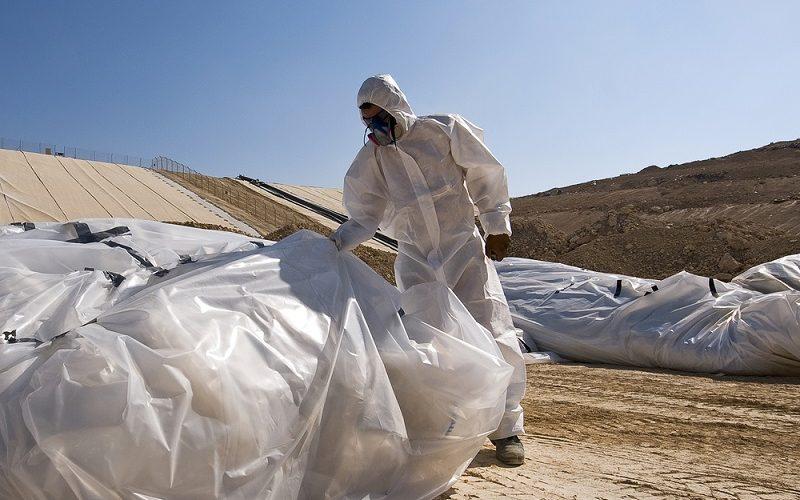
Asbestos testing is essential to survive in a healthy atmosphere. Mostly around the factories and industries, the asbestos testing process is carried out to keep the spreading in control. Heart diseases, skin diseases as well as cancer occur due to poisonous elements.
What Makes Asbestos Test So Important?
Asbestos testing is necessary due to the risks associated with asbestos, such as:
- What kind of product it has been infused in?
- How much it has degraded?
The microscopic particles in asbestos are biologically persistent. If breathed in, it has been shown cases hazardous to the health of humans. Asbestos exposure is related to asbestos-related ailments that yet have no treatment, as well as elevated rates of skin and lung cancer.
Asbestos gets released as tiny fibers into the air and enters the lungs to lodge therein. This is indestructible in form, which makes it impossible or tough to expel. There are risks of the development of fatal diseases – like mesothelioma (pleural cancer) or asbestosis. This is the reason that houses with asbestos tiles or sheds are banned. Residential areas are completely banned from using asbestos. It can spread the elements easily to humans causing different diseases. Due to all such negative effects, exposure to asbestos needs to be regulated as well as reduced under a legally permissible threshold level.
Asbestos testing is also needed for this reason. Often, buildings erected before 1980 have pipes, ceilings, and flooring constructed with asbestos. In the absence of professional analysis, it is important to say whether any item is composed of asbestos. Renovation and demolition are the main ways that asbestos in a constructed structure gets disturbed, given that it crumbles easily and gets raised into harmful dust.
How is Testing Done?
There are various types of asbestos testing done today:
Polarized Light Microscopy (PLM)
This is the method that the EPA which is a popular practice It is the technique that is accepted the most for the initial assessment of bulk building materials, to check whether asbestos is present. When the polarized light microscope is used, the optical properties of the fibrous components of the samples are tested by analysts. For proper analysis of the percentage of the particles, it is used.
Polarized Light Microscopy Gravimetric Point Count
It makes use of muffle furnace and acid for preparing residues which help lab technicians obtain the asbestos percentage in the residue.
Polarized Light Microscopy Point Count
It helps determine the asbestos type that is present. This asbestos testing technique is useful for quantifying the asbestos percentage in the air. This process is used mainly for the supplementation of the original PLM calibrated visual estimate to calculate the quantity.
Transmission Electron Microscopy (TEM) Chatfield
In this process, the sample is cooked for preparing a residue – which is followed by acid treatment. The percentage of asbestos that is found to present in the residue helps in getting results associated with the asbestos. Often it is difficult to find the percentage present in low percentage. So, the TEM helps to find the minimum amount in the air. It can be due to the steel, iron, and other tiles used in construction works.
Transmission Electron Microscopy Air Ahera (Asbestos Hazard Emergency Response Act)
This kind of asbestos testing is used mainly for the ultimate clearance of areas for asbestos remediation in various public schools. The EPA created Transmission Electron Microscopy Air Ahera for air sample clearance in schools. If the results have to be effectual, it is important to follow the specific protocols that are following AHERA. The EPA website can be checked, to get all these details.







